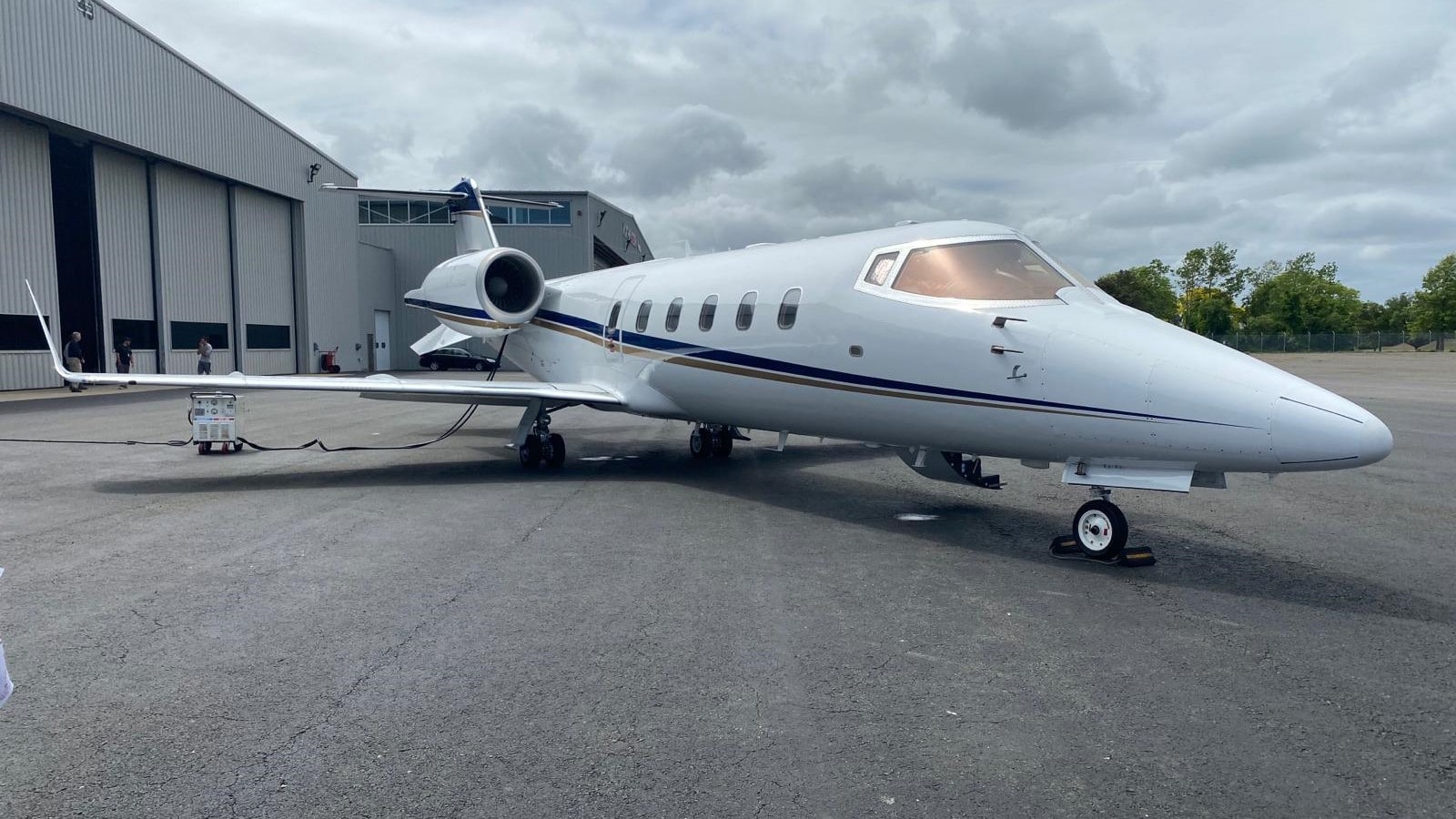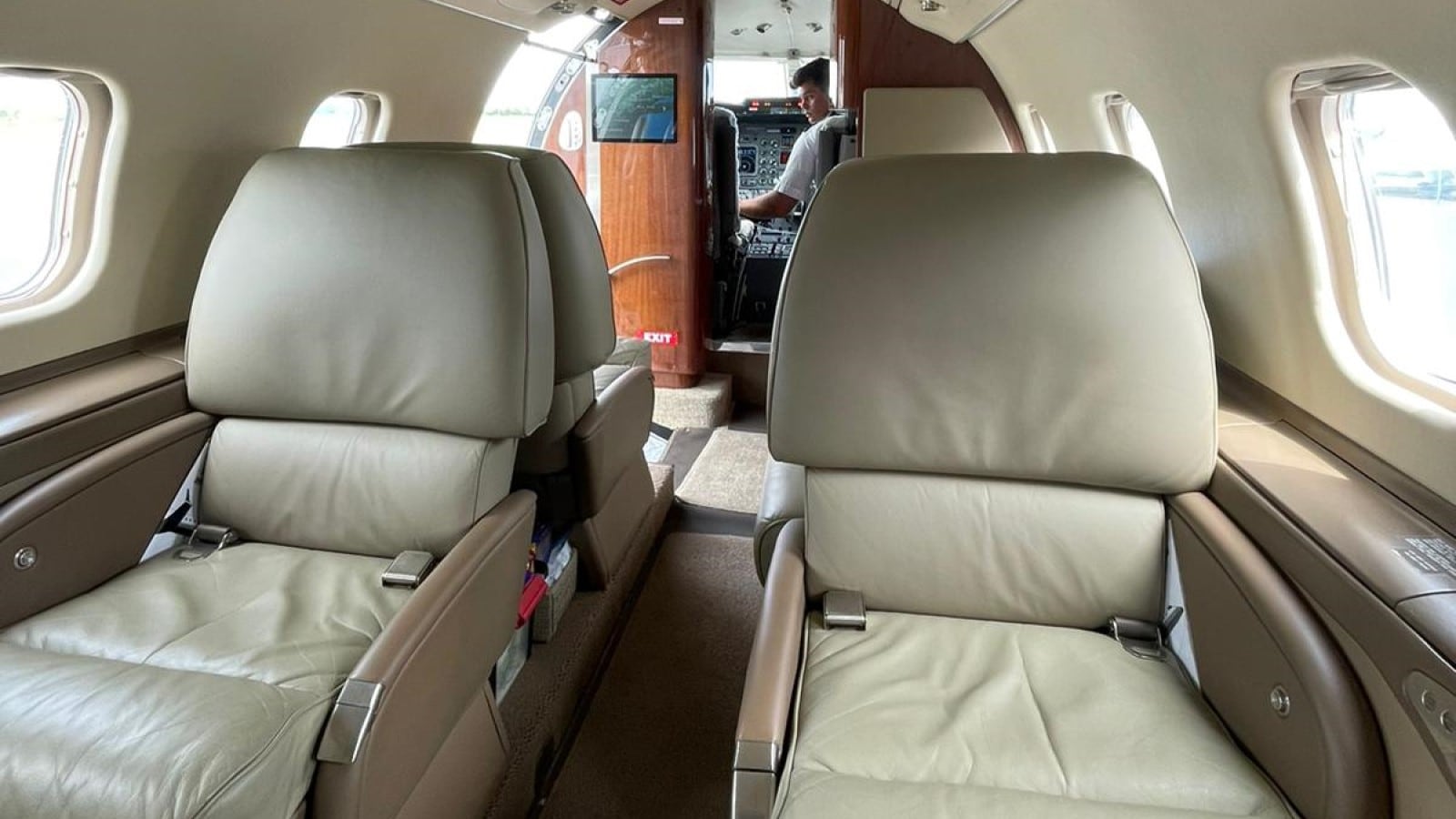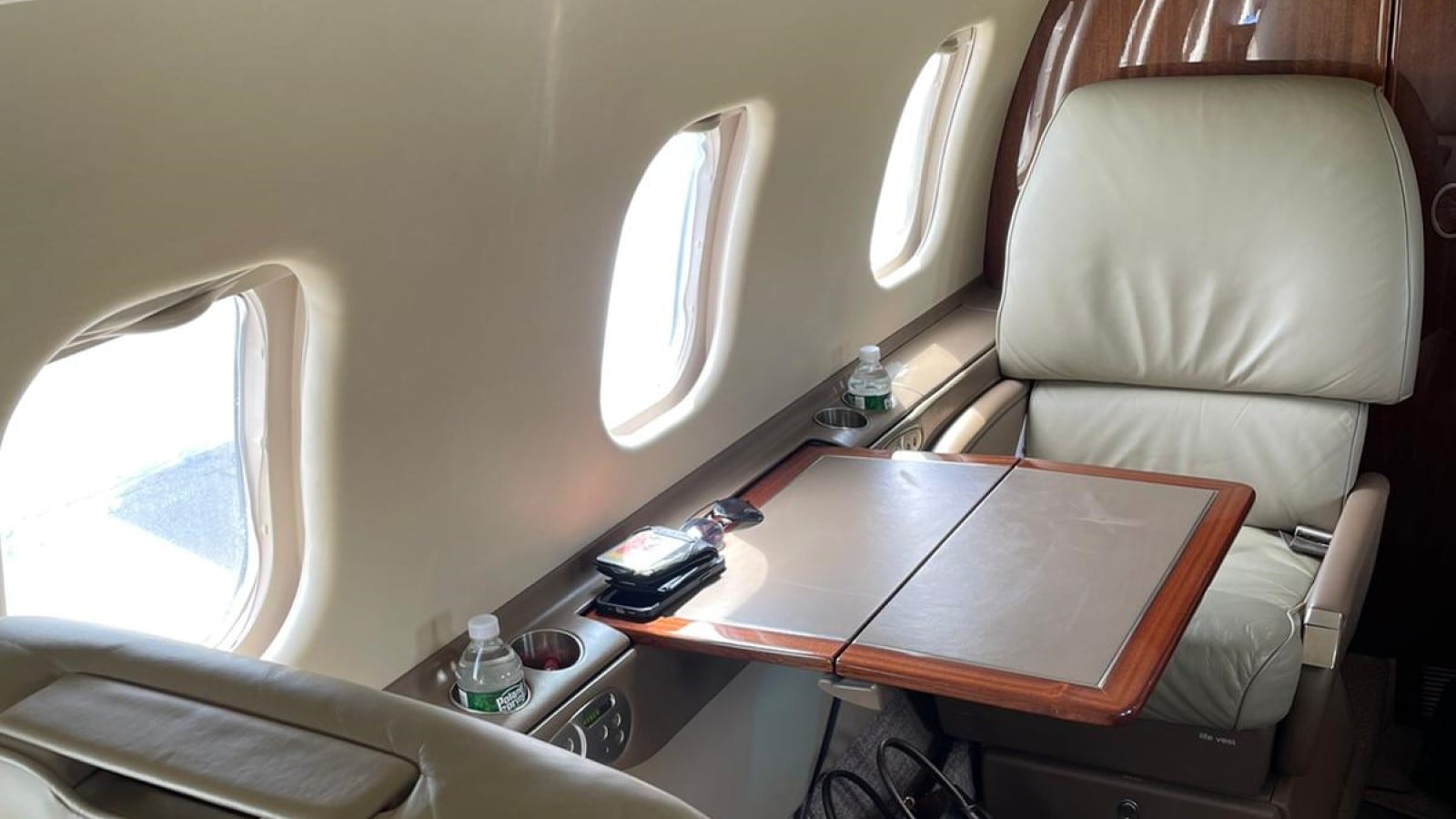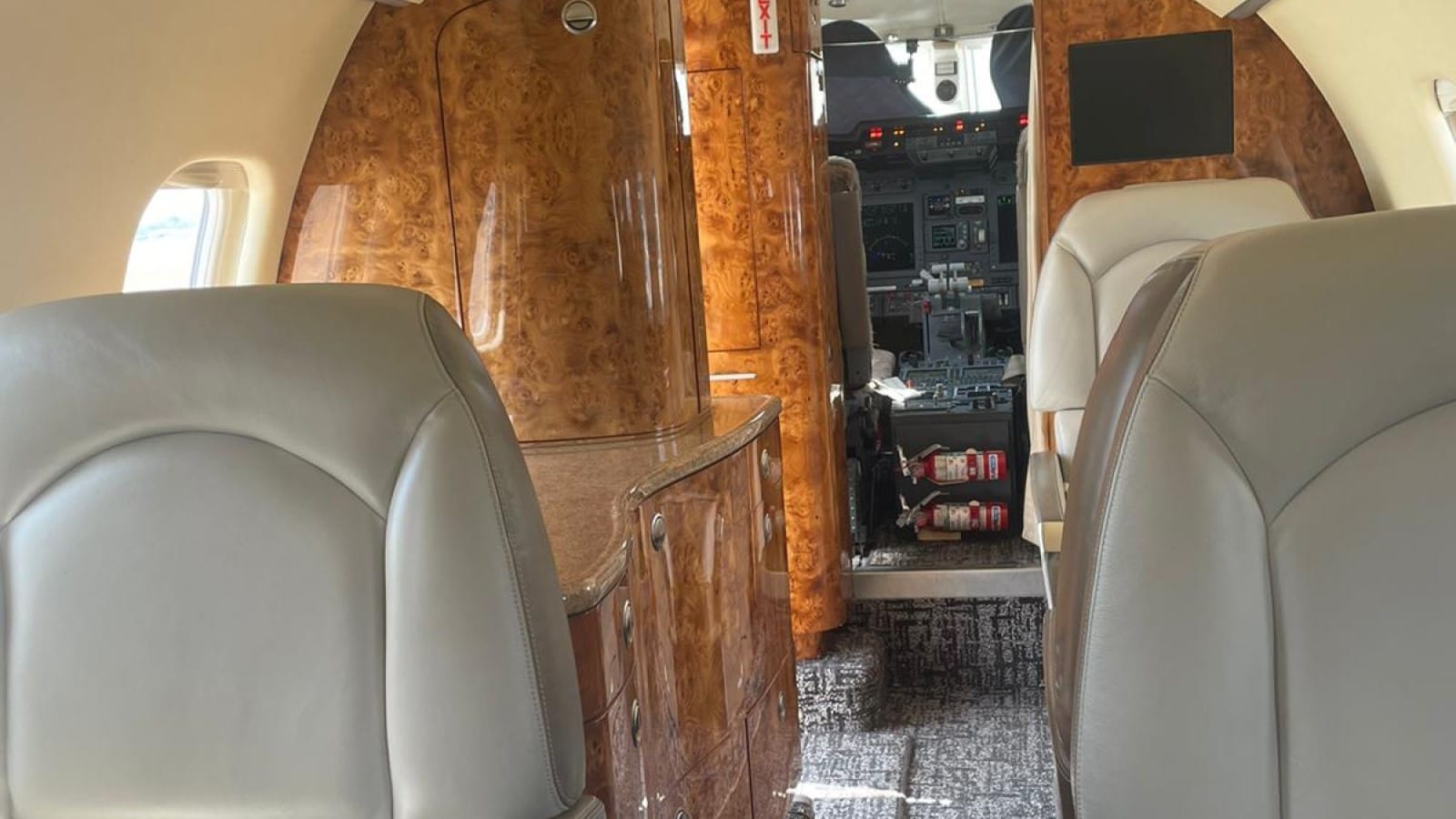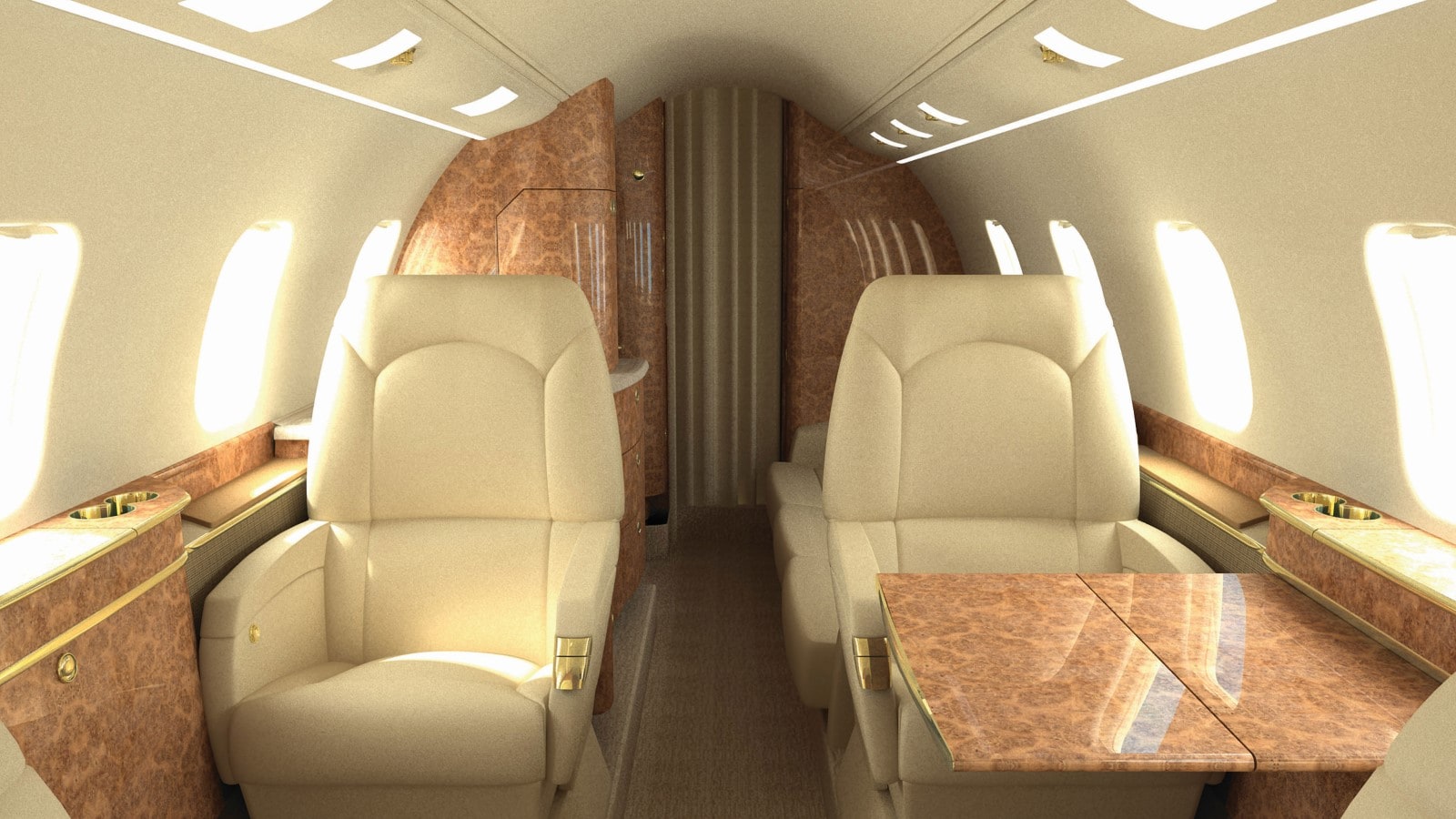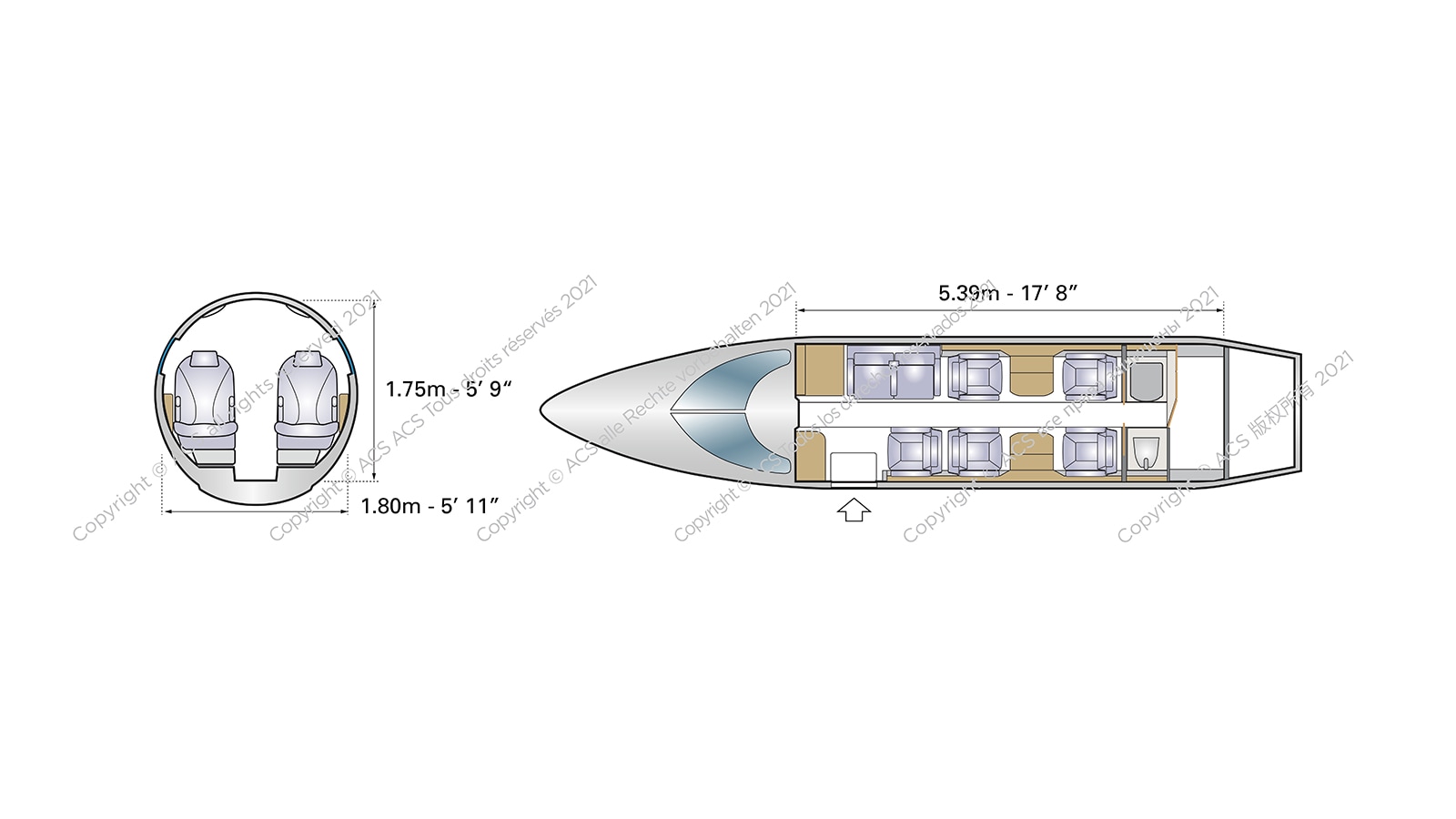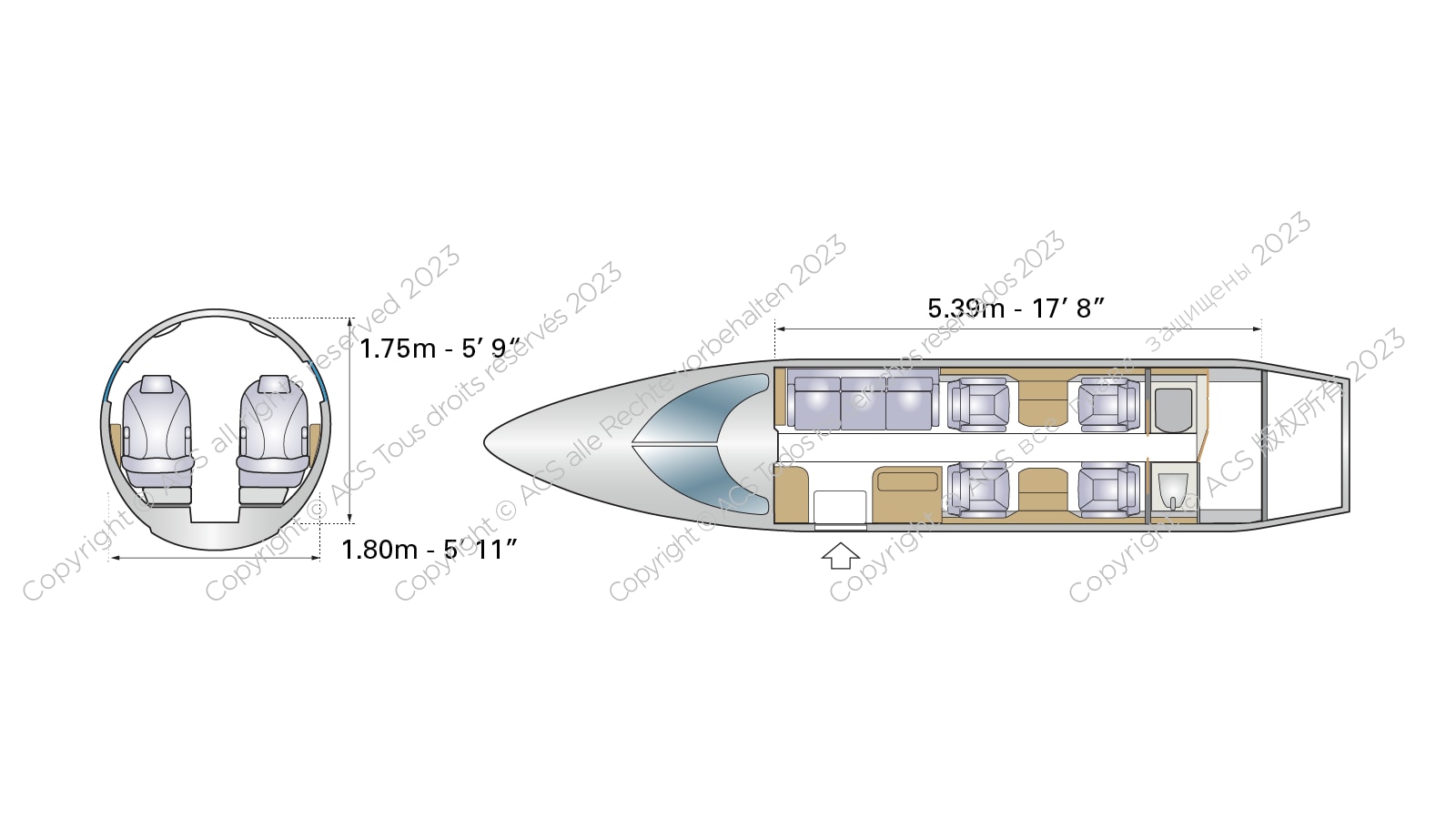BOMBARDIER LEARJET 60
- Passengers 7
The Bombardier Learjet 60 is an all-round performer in the midsize jet category, combining impressive fuel-efficiency with sleek design, NASA technology and a spacious cabin.
About this aircraft
- The Learjet 60 was introduced in 1993 to replace the midsize Learjet 55C.
- The Learjet 60’s cabin is usually configured to seat six or seven passengers. The enclosed lavatory can be used as an extra passenger seat if required.
- The Learjet 60 can fly non-stop from London to Europe or Chicago to Los Angeles.
- The Learjet 60 has a relatively large baggage hold for an aircraft of its size, with space for around six suitcases.
- Production of the Learjet 60 ceased in 2007 as attention turned to the upgraded Learjet 60XR.
With its sleek design, impressive performance and spacious cabin, the Learjet 60 is the ideal option for mid-range charters.
Interior design
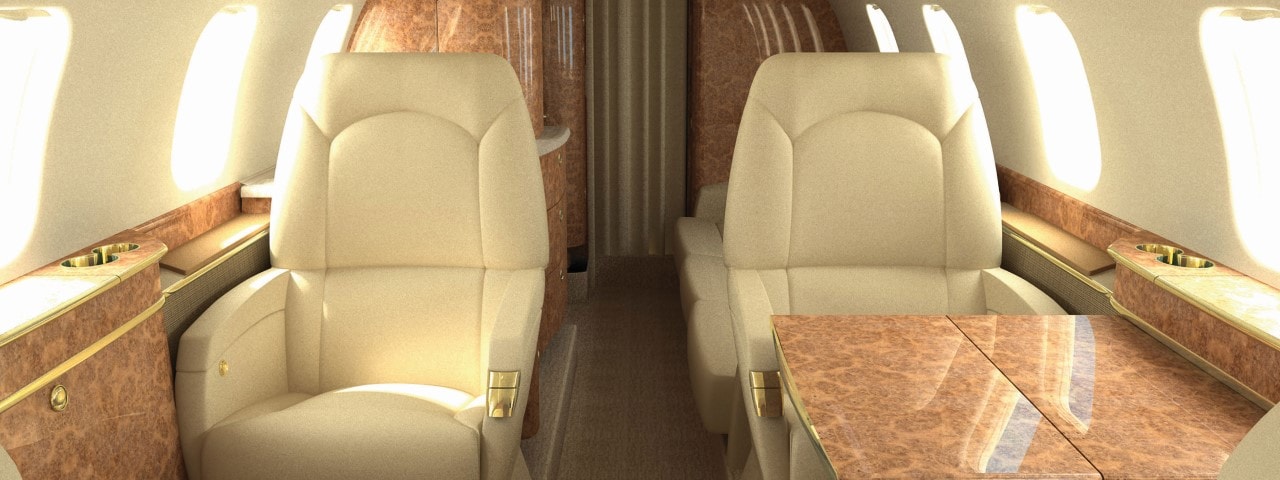
While it may not outshine its competitors, the Learjet 60’s cabin is one of the largest in the series, measuring three inches wider and 43 inches longer than the interior of a Learjet 55.
The Learjet 60 is typically configured for six passengers, with club seating and two forward-facing rear seats. Other options include a seven-seat layout, with either a two-seat divan at the front and an adjacent forward-facing seat or a three-seat divan facing the entrance and galley. An enclosed lavatory at the rear can be used as an extra seat if required.
Below are standard configurations found onboard the Bombardier Learjet 60.



Interesting facts to learn before you fly
- The Learjet 60’s powerful engines help it excel against competitors in its class.
- Its aerodynamic design utilises NASA and Boeing Tranair computational fluid dynamics to locate points of drag.
- The Learjet 60XR is an upgraded version with Rockwell Collins ProLine 21 avionics.
Technological features
The Learjet 60 is fitted with two Pratt & Whitney Canada PW305A engines, each delivering 4,600 lbs of thrust. The aircraft can reach Mach 0.81 and is certified at a flight ceiling of 51,000 feet, while still offering impressive fuel-efficiency.
Inside, the Learjet 60 is equipped with ProLine 4 Avionics and controlled by an integrated avionics processing system.
History
The Learjet 60 was announced as an upgrade of the Learjet 55C in October 1990, just a few months after Bombardier acquired Learjet. It made its inaugural flight in 1991 and deliveries began in 1993, with the aircraft renowned for its ability to climb to 41,000 feet in 18.5 minutes with maximum weight.
Over 300 Learjet 60s were built, with production ending in 2007 to make way for the 60XR.
Manufacturer
Bombardier Aviation (formerly Bombardier Aerospace) manufactures business, commercial and specialised aircraft. The company began with the acquisition of several established aviation companies, starting with Canadair in 1986 and followed by Short Brothers in 1989, Learjet in 1990 and Boeing subsidiary De Havilland Aircraft of Canada in 1992.
Headquartered in Montreal, Canada, today Bombardier has over 60,000 employees and is a leading global manufacturer of aircraft and trains with sites in 25 countries.
Cost
A Learjet 60 can cost between $1.5 and $3 million (USD).
Charter rates
Charter rates for the Learjet 60 can vary greatly depending on the length of the journey you have planned, as well as the airports you decide to fly in and out of.
Wet lease rates
ACMI (Aircraft, Crew, Maintenance, Insurance) wet lease rates for the Bombardier Learjet 60 depend on the age of the aircraft, length of the lease term, the number of block hours being guaranteed and the average cycle ratio.

